by Nin-Hai Tseng at Fortune Magazine
We watched for more home sales and rising prices in 2012. Here’s our housing market predictions for next year.
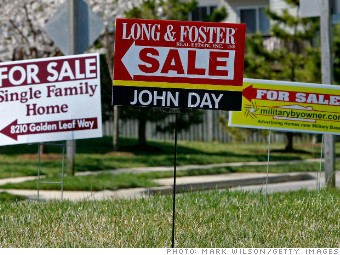
Buying Gets Less Affordable:
The bust of the housing market five years ago created one of the cheapest times to buy. Across many parts of the U.S., even in some of the priciest markets including New York and Honolulu, it has become cheaper to purchase a home than rent, according to Trulia’s Rent vs Buy report. Record-low interest rates on mortgages have also made buying more affordable.
That’s changing, however. In 2012, prices hit bottom. Finally! While that tells us the market is healing, it could also mean buying will be less affordable in 2013. Asking prices for homes for sale rose 3.8% in November from a year earlier — one of the biggest gains since the housing market crashed in 2007. While rents nationwide are still rising faster than home prices, the trend has reversed in 14 of Trulia’s 25 biggest rental markets including Denver, Seattle and San Francisco.
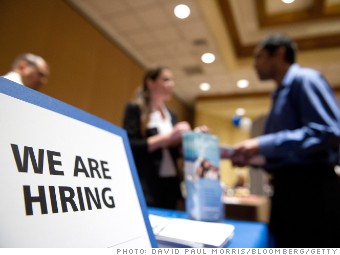
Watch for Rising Jobs, Not Rising Prices:
Most of us watched home prices to gauge the health of the housing market. That was so 2012, however. Just because prices are rising doesn’t necessarily mean the industry is doing any better. Next year, a better pulse of the market will be the rate of jobs growth, says Jed Kolko, chief economist with Trulia.
Cities like Las Vegas, Miami and Phoenix have seen home prices surge, but it’s uncertain how long that could last. Prices have risen, partly because they fell so much and also because many homes are still undergoing the foreclosure process. They’re also cities in states with some of the highest rates of unemployment, which ties closely to how well people will be positioned to buy.
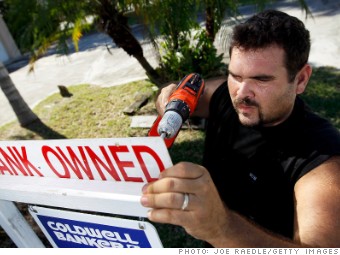
Delinquencies Fall (Very Slowly):
The troubled housing market was marked by record foreclosures, which is why economists closely watch the rate at which homeowners are late on their payments — they’re a precursor to foreclosures. Nationwide, the delinquency rate on mortgages peaked during the last three months of 2009 at 6.89%, after rising 12 quarters in a row from 1.49% in 2006.
As of the latest quarter, the delinquency rate dropped to 5.41%. And for 2013, it’s expected to continue dropping — albeit, slowly to around 2%. Much of the late payments are made up of existing borrowers more than a year late on their payments, as opposed to new borrowers following stricter lending standards. Some of the biggest declines are expected in Nevada, Minnesota, California and Arizona.
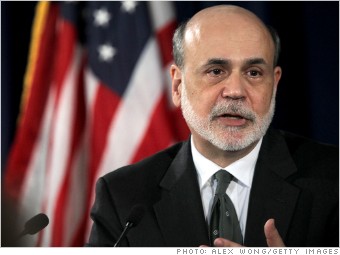
Record Low Interest Rates:
Cheap money has certainly helped the housing market recover. For the past few years, average interest rates on 30-year-fixed mortgages fell to new lows. With December remaining, rates this year averaged 3.68%, lower than the average 4.45% for 2011 and 4.69% in 2010.
To be sure, rates can’t stay low forever. Which is why some have worried a return to higher rates could push home prices down again. But if the Federal Reserve has its way, that won’t happen any time soon. In an unusual move during its last meeting of the year, the central bank’s policy-making board decided to leave rates untouched until the unemployment rate falls to 6.5% so long as inflation stays low. Which means, according to the Fed’s predictions, rates will likely stay low into 2015.
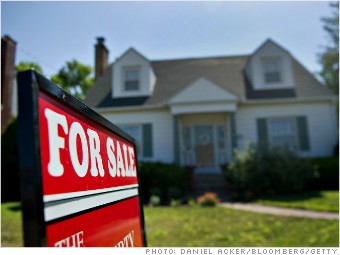
First Time Buyers:
The housing market’s rebound was hard to miss this year, but not everyone rode the wave to better days. Missing were first-time buyers — many of whom were either jobless or couldn’t get a home loan or both.
Those who tend to be first-time buyers, 25 to 34-year-olds, suffered far worse joblessness than most other adults in the years following the recession. A year ago, unemployment among young workers was 9.2% versus 8.7% for all adults. The gap has narrowed recently. In November, unemployment among young workers had fallen to 7.9% versus 7.7% for all adults.
If the trend continues, this might help bring first-time buyers back into the market.
